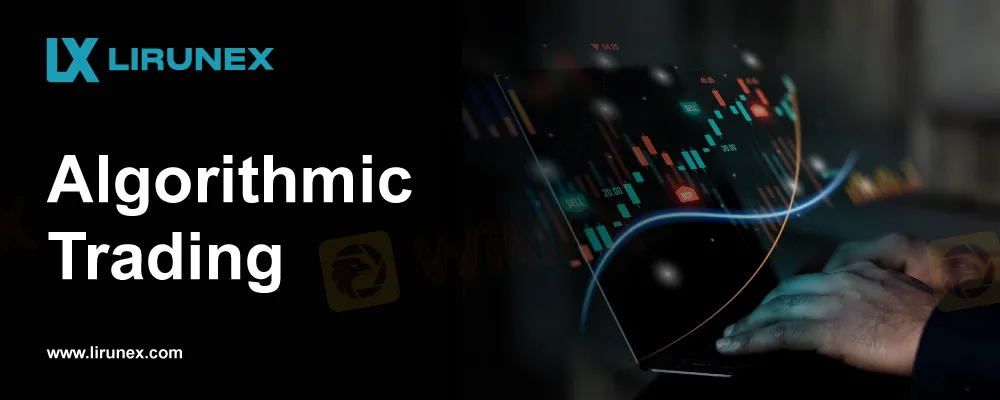Algorithmic Trading: Demystifying the Black-Box Strategies
Sommario:This article aims to unravel the intricacies of algorithmic trading, shedding light on its inner workings and exploring the advantages and challenges it presents.

Algorithmic Trading: Demystifying the Black-Box Strategies
Algorithmic trading, often referred to as “algo trading,” has revolutionized the financial landscape by introducing sophisticated automated strategies to execute trades at unparalleled speeds. As algorithms power transactions and decision-making, the mystery surrounding these black-box strategies has captured the fascination of both seasoned investors and newcomers to the market. This article aims to unravel the intricacies of algorithmic trading, shedding light on its inner workings and exploring the advantages and challenges it presents.
Understanding Algorithmic Trading:
Algorithmic trading involves the use of computer algorithms to automate the process of buying or selling financial instruments. These algorithms are designed to follow predefined rules, leveraging mathematical models, statistical analysis, and historical data to make trading decisions. The primary goal of algorithmic trading is to execute orders at optimal prices and speeds, often far beyond the capabilities of human traders.
Advantages of Algorithmic Trading:
1. Speed and Efficiency:Algorithms operate at lightning speed, executing trades in milliseconds, ensuring optimal entry and exit points in rapidly changing markets.
2. Precision and Consistency:Algorithms adhere to predetermined rules with unwavering consistency, eliminating emotional decision-making and reducing the impact of human error.
3. Diversification and Market Access:Algorithms can simultaneously trade across multiple markets and assets, allowing for diversified portfolios and access to a broader range of trading opportunities.
4. Backtesting and Optimization:Strategies can be backtested using historical data, enabling traders to assess performance under various market conditions and refine algorithms for optimal results.
Challenges of Algorithmic Trading:
1. Complexity and Development Costs:Creating effective algorithms requires advanced programming skills and a deep understanding of financial markets, leading to high development costs.
2. Over-Reliance on Historical Data: Algorithms are based on historical data, and market conditions may change. Over-reliance on past performance can lead to suboptimal results in evolving markets.
3. Technical Failures and Risks:The reliance on technology exposes algorithmic trading to technical failures, glitches, and cybersecurity risks, which can result in substantial financial losses.
4. Market Impact:Large-scale algorithmic trading can impact market liquidity and lead to sudden price movements, potentially causing market disruptions.
Conclusion:
Algorithmic trading has undeniably transformed the financial landscape, bringing efficiency, speed, and automation to the trading process. While the advantages are apparent, it's crucial to recognize the challenges and risks associated with algorithmic trading, especially for those considering venturing into this realm. As the use of algorithms continues to grow, understanding the mechanics behind these black-box strategies becomes increasingly important for investors and traders looking to navigate the dynamic and evolving landscape of algorithmic trading with confidence.
WikiFX Trader
EC Markets
FBS
VT Markets
AvaTrade
TMGM
IC Markets Global
EC Markets
FBS
VT Markets
AvaTrade
TMGM
IC Markets Global
WikiFX Trader
EC Markets
FBS
VT Markets
AvaTrade
TMGM
IC Markets Global
EC Markets
FBS
VT Markets
AvaTrade
TMGM
IC Markets Global
Rate Calc


